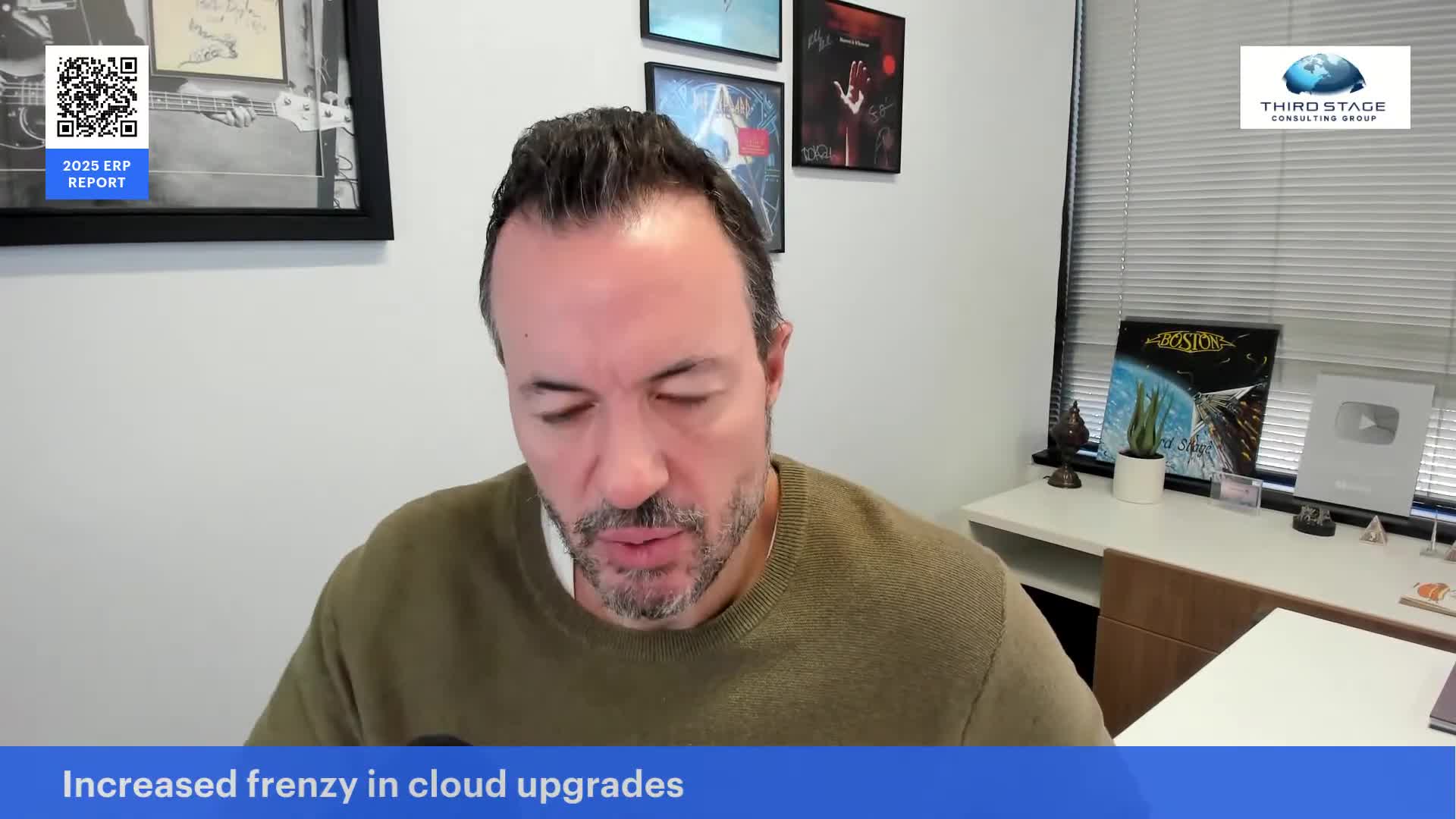Productivity
What is workflow optimization?
Workflow optimization is the balance between human energy and productivity, focusing on the natural flow of how people work. Unlike traditional productivity approaches that often lead to burnout, workflow optimization considers where energy is being spent effectively versus where it shouldn't be. It encompasses processes, technology usage, and file management while recognizing human limitations. When the right balance is found, creativity and innovation flow naturally, teams work together harmoniously, and burnout is prevented. This approach extends beyond operational efficiency between departments to optimize human potential.
Watch clip answer (01:02m)What is Tina Huang's vision for her business and community?
Tina envisions creating a place where ambitious people find resources, hope, and community to consistently self-study and work toward fulfilling lives. She believes consistent self-learning is the keystone habit that bridges the gap between dreams and productivity. Her practical implementation includes weekly YouTube content focused on self-learning and productivity, a personal newsletter documenting her learning journey, strengthening her Discord community of 9,000 members, and developing a course/program with its own supportive community to help people accomplish their visions through collaborative learning.
Watch clip answer (03:28m)How should designers effectively use AI in their workflow?
Designers should use AI as a starting point and then add their own personality and ideas to maintain individuality. Grace Ling recommends being mindful when building or using AI tools, as they significantly increase production speed. While AI won't replace designers entirely, Grace believes it will replace those who don't adopt it. She emphasizes that AI can create new forms of content through human-AI collaboration, making it important for designers to learn how AI fits into their workflow to enhance creativity and productivity rather than seeing it as a replacement.
Watch clip answer (00:16m)What are the benefits of low code solutions like PowerApps in organizations?
Low code solutions like PowerApps benefit organizations by empowering functional centers of excellence and reducing developer workload in real-time scenarios. These tools provide technical capabilities to users without requiring deep technical expertise, enabling them to create customized apps, functions, and workflows independently. PowerApps serves as a semi-techie platform that allows users to be more technologically advanced than they actually are, increasing productivity by eliminating the need to hire developers or rely on outside software vendors to implement changes. This environment ultimately bridges capability gaps and streamlines organizational processes.
Watch clip answer (00:55m)How does Pedro Franceschini proactively manage his mental health as a founder?
Pedro Franceschini proactively manages his mental health through five key strategies: therapy, meditation, sleep, diet, and exercise. After experiencing burnout in 2021, he learned the importance of prioritizing mental wellbeing alongside work responsibilities, even while maintaining 12-hour workdays. He emphasizes that founders must make time for mental health proactively rather than reactively. Franceschini challenges the misconception that being busy means neglecting self-care, arguing that one either addresses mental health intentionally or faces inevitable consequences. His personal experience taught him that internal expectations often make founders their own worst enemies.
Watch clip answer (02:40m)What key advice does Ursula Burns give to young professionals at Carnegie Mellon University?
Ursula Burns emphasizes three essential pieces of advice for young professionals. First, she stresses the importance of working hard, noting that technology should enable more valuable work rather than distraction. Second, she advocates finding joy in one's profession, stating that if you don't like what you're doing, you should stop and find something you love instead. She observes that many people remain in jobs they hate, which she finds unnecessary given life's brevity. Finally, she encourages students to leverage their Carnegie Mellon education to pursue careers they're genuinely passionate about, as this combination of joy and hard work leads to fulfillment.
Watch clip answer (03:40m)




